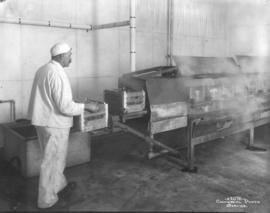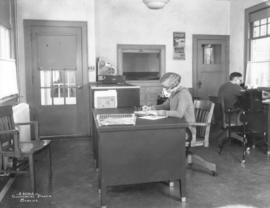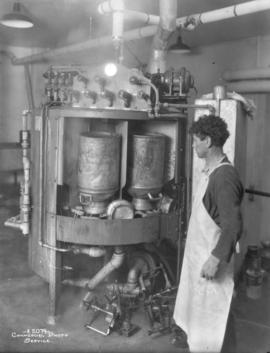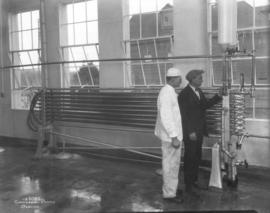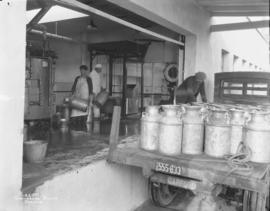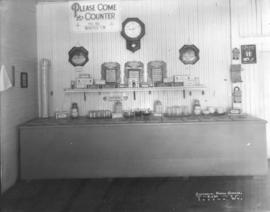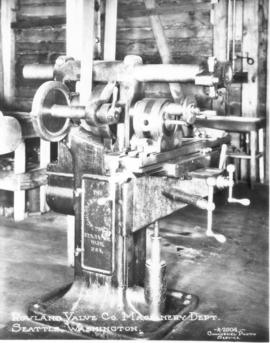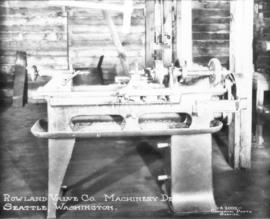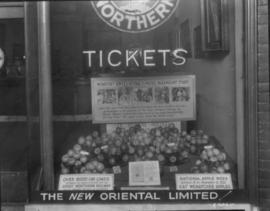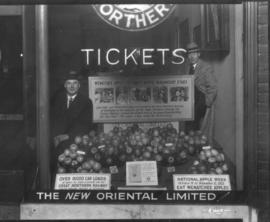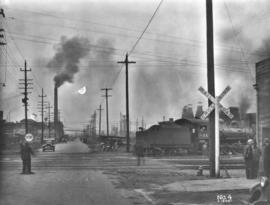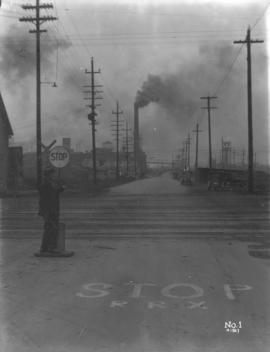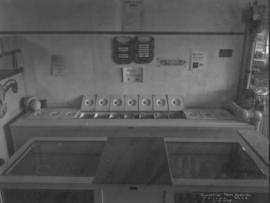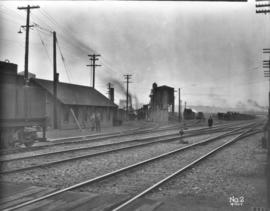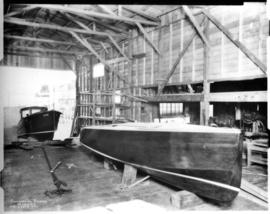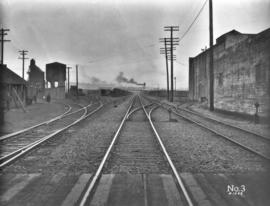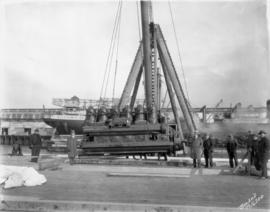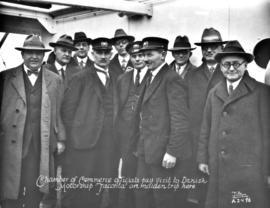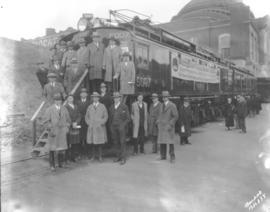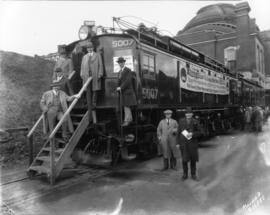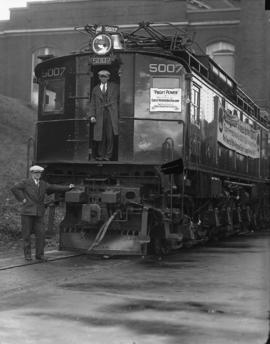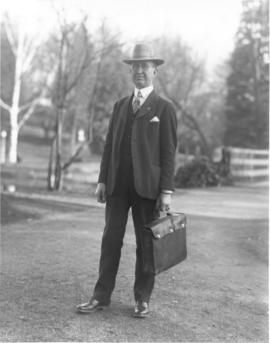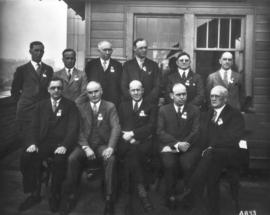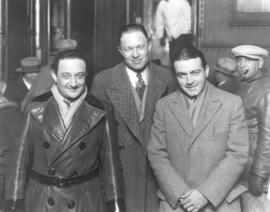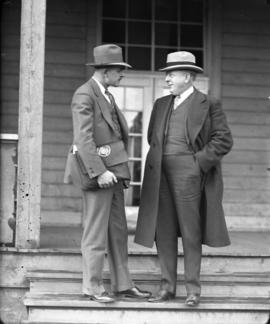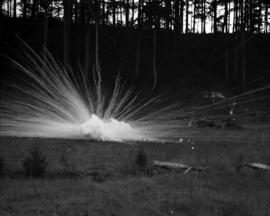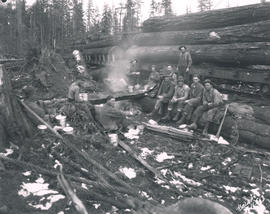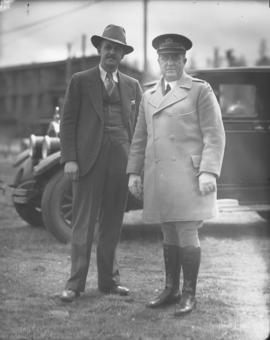Mayor Melvin G. Tennent and several Tacoma commissioners joined the hordes of Tacomans on February 2, 1927, in viewing the giant Great Northern electric locomotive #5007 on display at the Union depot. The latest and greatest "Iron Horse" had an overall length of 94'4" and a total weight of 715,000 pounds. It was built jointly by Baldwin Locomotive and Westinghouse Electric. A banner on the locomotive proclaimed it to be the "most powerful motor-generator electric locomotive ever built." It had traveled from East Pittsburgh, Pennyslvania to Skykomish, Washington, a distance of 2600 miles, hitched to the end of a through freight. After stops in Portland and Everett, it would be put into service. From L-R above are: Mayor Tennent (on steps), Commissioners Jesse Silver & Dyer Dyment, Commissioner Ira S. Davisson, and Llewellyn Evans, superintendent of City Light. The two men standing on the ground were not identified. (TDL 2-3-27, p. 12; TNT 2-3-27, p.14-article) G44.1-069; TPL-675; TPL-5813
Railroad locomotives--Tacoma--1920-1930; Mayors--Tacoma--1920-1930; Tennent, Melvin Green; Silver, Jesse; Dyment, Dyer; Davisson, Ira; Evans, Llewellyn; Municipal officials--Tacoma--1920-1930; Banners--Tacoma; Union Station (Tacoma);
